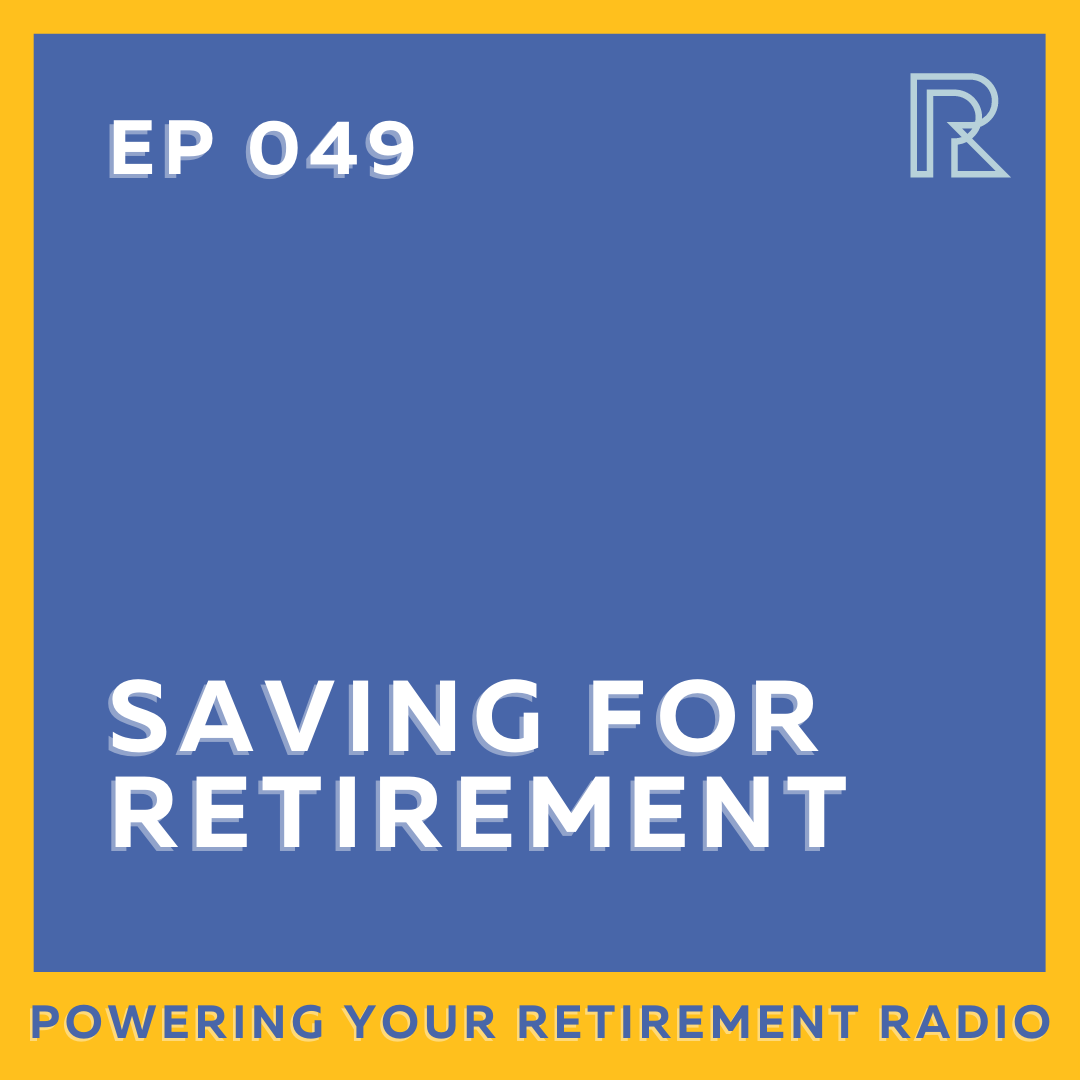Saving For Retirement

February 9, 2023
Welcome back to Powering Your Retirement Radio, this week I cover saving for retirement and the things you should consider.
How much should I save for Retirement Annually?
The amount you should save for retirement annually depends on several factors, including your age, income, current savings, and retirement goals. Generally speaking, financial experts recommend saving 10-15% of your income each year for retirement. However, it’s important to remember that this is just a guideline, and you should adjust your savings rate based on your own individual needs.
How much do I need to save to be able to retire?
The amount you need to save to be able to retire comfortably depends on several factors, including your age, income, current savings, and retirement goals. Generally speaking, financial experts recommend having saved 10-12 times your annual income by the time you retire. So, for example, if you make $50,000 per year, you should have saved at least $500,000 by the time you retire. It’s important to note that this is just a guideline and that you should adjust your savings rate based on your own individual needs.
How much do I need to save for health care in retirement?
The amount you need to save for health care in retirement will depend on several factors, including your age, current health care costs, and your retirement goals. Generally speaking, financial experts recommend saving between 3-8% of your income each year for health care in retirement. However, it’s important to remember that this is just a guideline, and you should adjust your savings rate based on your own individual needs.
What is a safe withdrawal rate in retirement?
A safe withdrawal rate in retirement is the amount of money you can safely withdraw from your retirement savings each year without running out of money. Generally speaking, financial experts recommend withdrawing no more than 4-5% of your retirement savings each year. However, it’s important to remember that this is just a guideline, and you should adjust your withdrawal rate based on your own individual needs.
What are the pros and cons of Dollar cost averaging?
The pros of dollar cost averaging include:
1. Reduced Risk: By investing a fixed dollar amount over time, you will be able to spread out your risk and potentially minimize losses if the market drops.
2. Lower Start-Up Costs: Dollar cost averaging allows you to start investing with a smaller amount of money, which can be helpful if you don’t have a large sum to invest all at once.
3. Emotional Benefits: Investing with a regular, fixed amount each month can help to manage your emotions and reduce the temptation to invest impulsively.
The cons of dollar cost averaging include:
1. Lower Average Returns: Investing regularly each month means that you may miss out on larger gains that could be made if you invested a lump sum all at once.
2. Reduced Flexibility: With dollar cost averaging, you are limited to investing a fixed dollar amount each month, which can limit your ability to adjust your investments in response to changing market conditions.
3. Opportunity Cost: By investing smaller amounts over time, you may miss out on larger investments that could potentially generate higher returns.
What are the go-go, slow go and no-go phases of retirement?
The go-go phase of retirement is the period of time when you are most active and able to do the things you want to do. During this phase, you are able to travel, participate in hobbies, and engage in social activities.
The slow go phase of retirement is when you may need to start slowing down a bit due to age or health issues, but you are still able to do some of the things you enjoy.
The no-go phase of retirement is when you are no longer able to actively participate in activities as you have in the past, and you may need to rely more on family and friends for help.
Leave a Reply Cancel reply
subscribe to my newsletter
© 2022 Powering Your Retirement | Legal | Brand and Website by Lyss House Creative